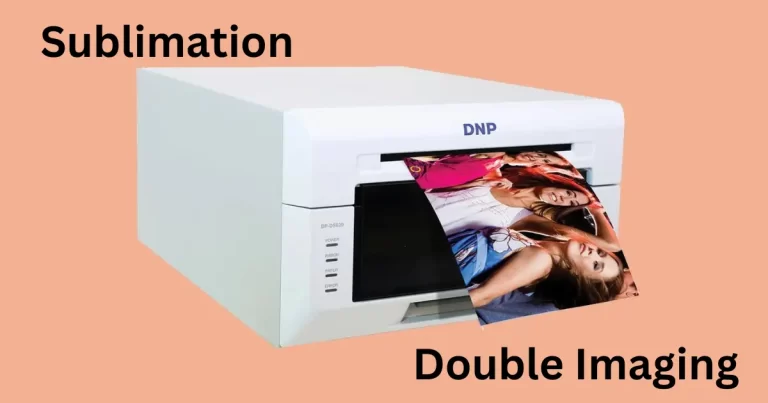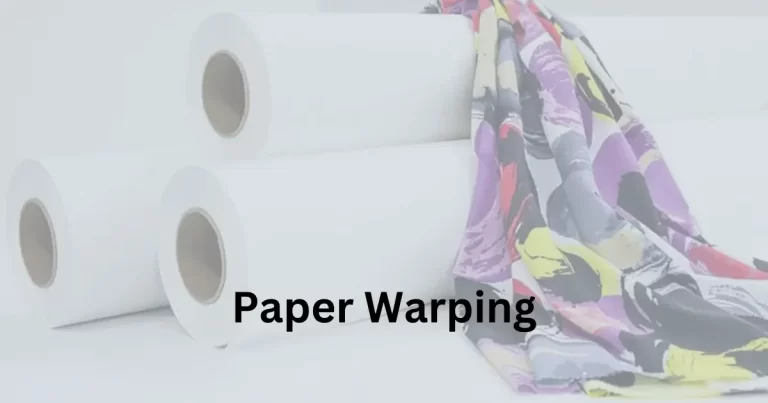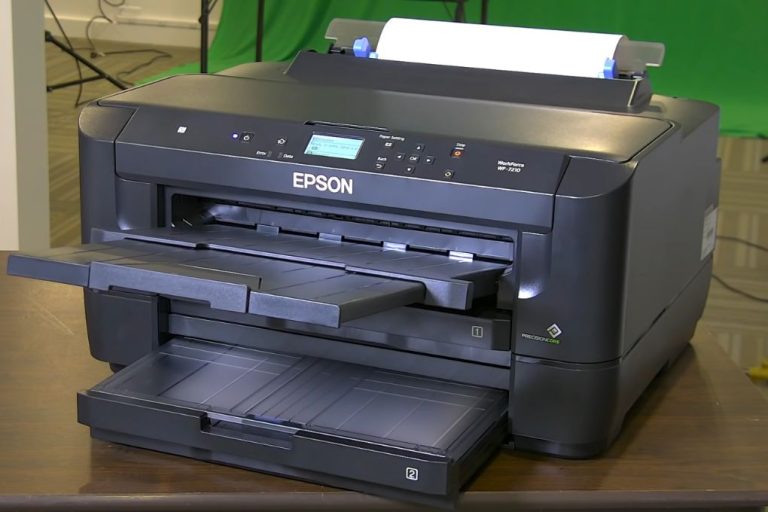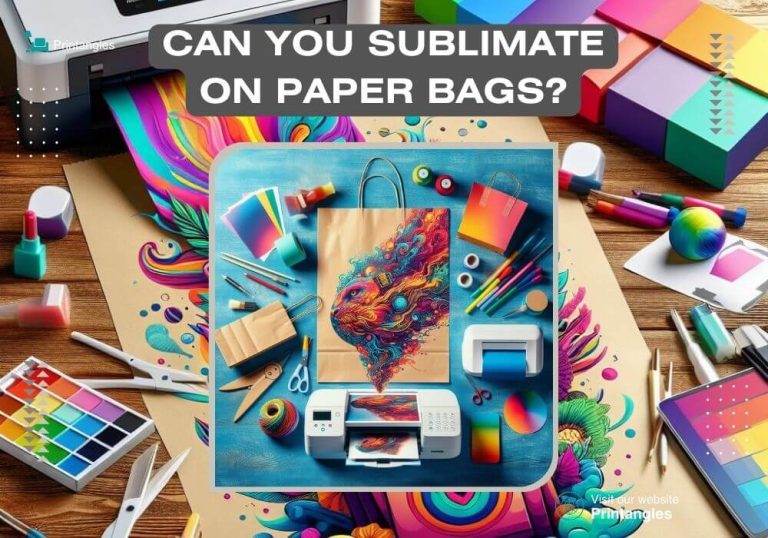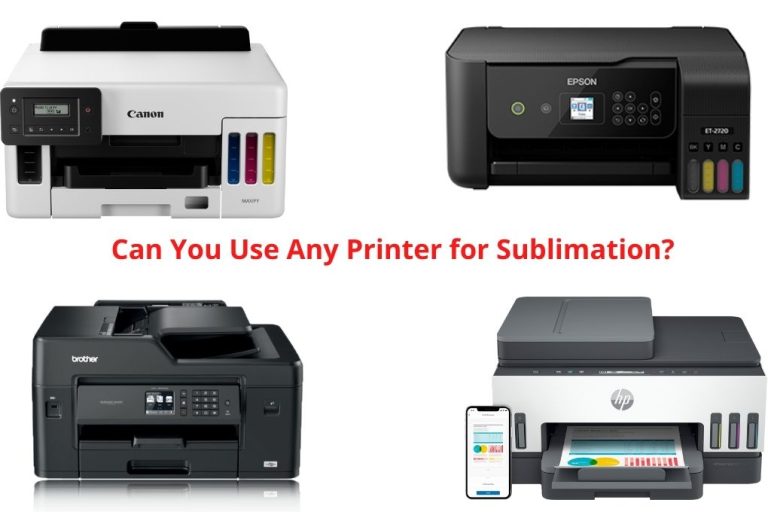Can You Sublimate on Cardstock?
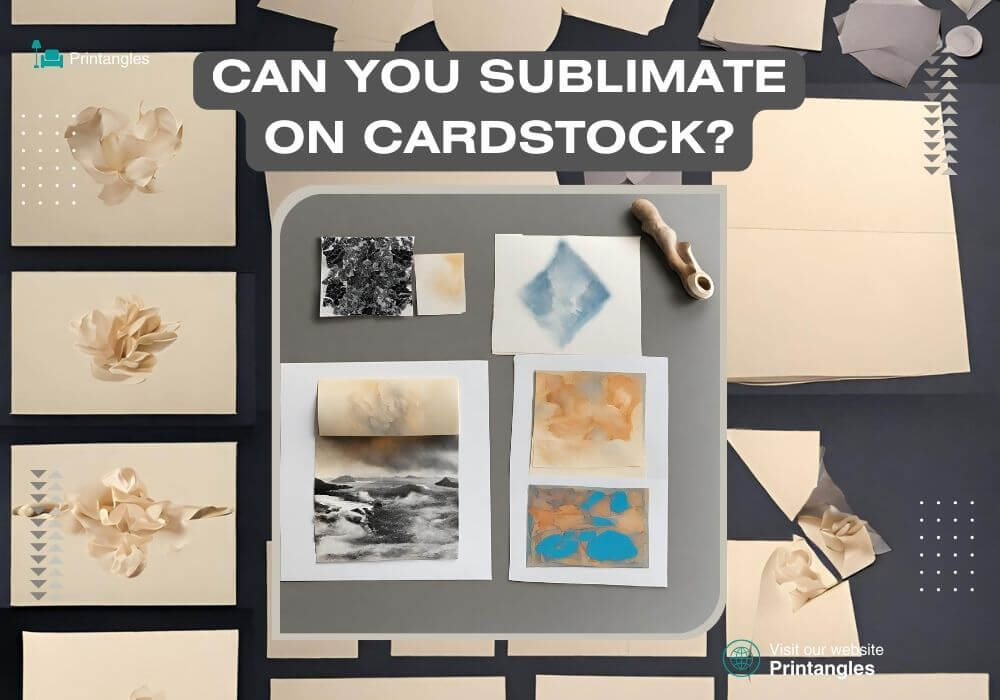
While sublimation is often used for decorating versatile substrates like mugs, shirts, and tiles, many crafters are curious if card stock can also be sublimated. Card stock is a popular paper choice for DIY projects, scrapbooking, and homemade greeting cards. However, its thicker, denser composition compared to regular printing paper raises the question – can I sublimate on card stock?
Table of Contents
Can You Sublimate on Cardstock?
Yes, you can sublimate on card stock. Card stock is suitable for sublimation printing because it contains cellulose, which allows dye-sublimation inks to penetrate the surface and bond with the fibers. When sublimating on card stock, it’s important to use high-quality card stock that is coated for sublimation. Uncoated card stock may not work as well.
How to Sublimate on Cardstock | Proper Guide
Here are the steps on how to sublimate on cardstock properly:
- Materials Required
- Sublimation printer
- Sublimation ink
- Cardstock suitable for sublimation
- Sublimation transfer paper
- Heat press machine
- Teflon sheet
Preparing the Cardstock:
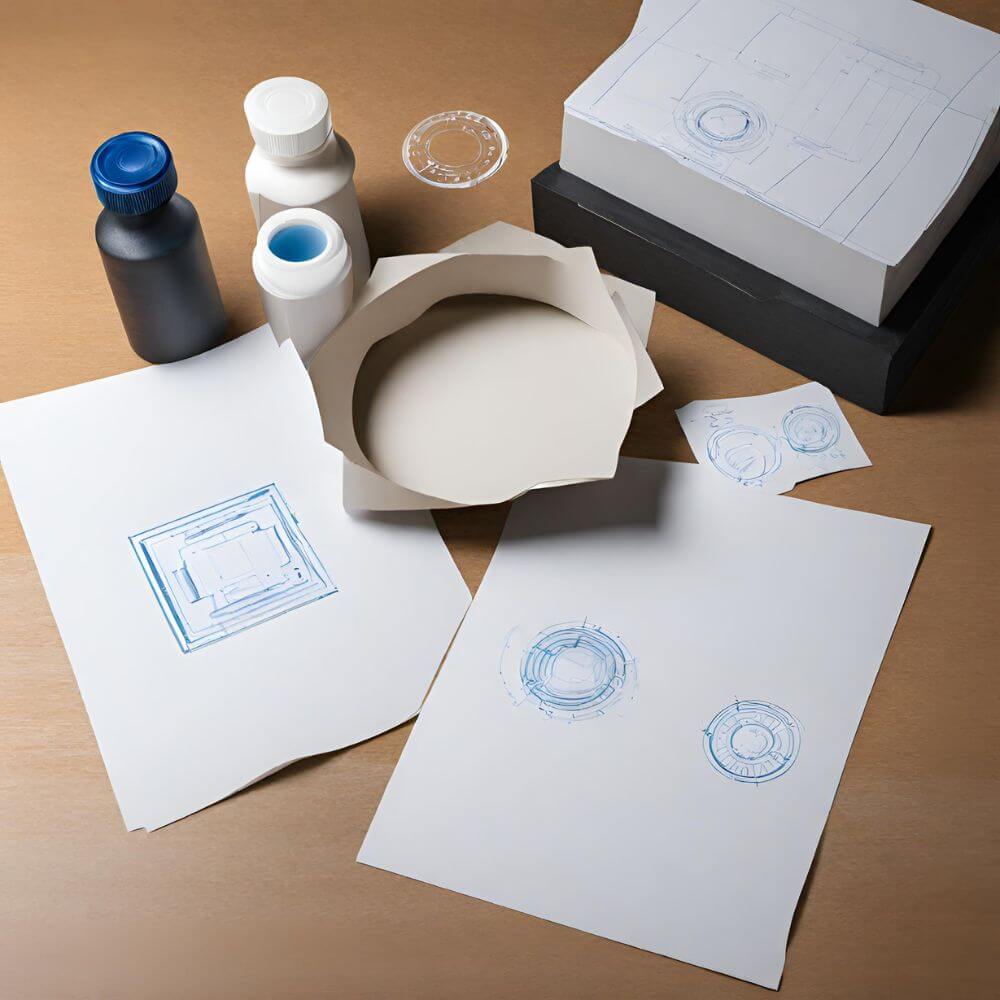
- Use cardstock that is designed for sublimation. Regular cardstock won’t work as it needs to be porous to allow the ink to soak in.
- The cardstock must be untreated and not have any coatings.
- Ensure the cardstock is flat and any curves or bends are pressed out before printing.
Printing the Design:
- Design your image or text using sublimation design software or regular graphic design software.
- Make sure to have high-resolution images for best-quality prints.
- Print the design onto sublimation transfer paper using sublimation ink only.
Transferring the Design:
- Cut out the printed image from the transfer paper, leaving a minimum margin.
- Place the cardstock on the bottom plate of the heat press.
- Place the printed side of the transfer paper image side down on top of the cardstock.
- Cover with a Teflon sheet to protect from ink smudging.
- Close the press and heat at the recommended time and temperature for your paper and press.
- Open and remove the paper, revealing the now sublimated design on the cardstock.
Finishing Touches:

Cardstock can now be used for making greeting cards, bookmarks, or other crafts.
Best Types of Sublimation on Cardstock
Here are the two best types of sublimation on cardstock that you can try:
Sublimation On Glitter Cardstock:
If you want to add some sparkle and shine to your projects, you can use glitter cardstock as your base. Glitter cardstock has a smooth and glossy surface that can accept sublimation ink well. You can print your design on sublimation paper and then press it onto the glitter cardstock using a heat press or an iron. The result is a vibrant and glittery image that will make your projects stand out.
Sublimation On Metallic Cardstock:
Another way to create stunning sublimation on cardstock is to use metallic cardstock. Metallic cardstock has a shiny and reflective surface that can give your projects a luxurious and elegant look. You can use the same method as with glitter cardstock, but make sure to use a lower temperature and pressure to avoid damaging the metallic finish. The result is a beautiful and metallic image that will impress your friends and family.
Pros and Cons
Sublimation on cardstock has some pros and cons that should be considered before choosing this method.
Pros
- Vibrant and durable colors
- No need for special coating
- Smooth and glossy finish
Cons
- High initial cost
- Limited to light-colored substrates
- Requires special printer and paper
Conclusion:
In conclusion, while cardstock has a thicker and denser composition than regular printing paper, it is suitable for dye sublimation transfers when using the proper materials and methods. Cardstock contains cellulose which allows sublimation inks to penetrate and bond with the fibers. For best results, it is important to use high-quality cardstock specifically coated for sublimation. Following the steps of preparing coated cardstock, designing images, printing with a sublimation printer and ink, and properly transferring using a heat press allows vibrant and durable designs to be created on cardstock.

I’m Derrick Flora and I am the owner of Printangles.com. I am the father of 2 angles and 1 boy and I am 37 years old. I had done Bachelor in Fashion and Textile Studies from FIT State University of New York. It’s been 7 years since when started the sublimation business. I sublimated mugs, t-shirts, canvas, and many more. And we have analyzed some things that beginners don’t apply the actual strategies to complete the project. And those strategies are making your sublimation better onto the material. What do beginners do, they just buy the sublimation printer and the heat press without knowing about them.

